|
Or how to get your work in a national gallery. The current Hockney exhibition is a massive hit for the Tate. It is quite difficult to get tickets and is quite often sold out, particularly at weekends. I went on a Tuesday afternoon, having booked the night before and the earliest show I could get was 16:00 on the Tuesday. When I got there they were selling tickets for 17:30 (and usually you can buy and go straight in). I was a little bit early so went round the permanent exhibition. I found that in one room they had set up a number easels with pencil and paper, a mirror and various objects. The idea being to encourage you to draw yourself. There was also a large screen on which a looped interview of the man himself was playing. He is quite an engaging character and like allot of successful artists a good salesmen of himself. I stayed there and sketched a still life for 15 minutes. You can if you choose, pin it to the wall in that room, and so I did. I now have a work of art in Tate Britain. You can too if you wish too. The exhibition itself was quite crowded. Fortunately it is in quite a big space so unlike others I have been too you can actually move around fairly easily and as most of Hockney’s work is large you can often get to look at each piece. I have to confess I don’t like Hockney’s work much. I consider it a bit still and boring. My view is that reproductions of it are much better than the original. This preconceptions were, on the whole, sustained by going to the exhibition. Why then did I go if I don’t like him? Well I have seen few Hockney’s in the flesh and wanted to know if this preconception was justified and whether there was some of his work that I liked. On the whole it was although there was some of his work, aspects of his work that I liked. It is a retrospective exhibition and takes you through his career chronologically. The early stuff is quite raw and has lots of energy. There were a couple of early paintings that I liked. This energy goes as soon as he is in LA and gives way to the characteristic stillness and geometricness that he is perhaps best known for. Perhaps the best known example is Portrait of an Artist (Poll with Two Figures). They are technically good but I find them very rigid and unemotional. It is difficult to engage with them. There are some elements I like though for example I think the forested background in Portrait of an Artist is very good, nice play of colours and shapes and seems to have much more life to it than the pool and figures in the foreground. The next room had a number of smaller works including preparatory sketches. These often had more life to them and were of more interest. For example there was a self-portrait with Hockney leaning forward and staring straight out of the picture, done in pencil. It has motion, energy and life to it and I thought was good. There are then a couple of room of big landscapes. Big colourful landscapes. They are initially very art catching but they don’t reward long viewing, particularly not close up viewing. The paint is quite thin and quickly applied and there is no real richness or detail to them. They, again, seem quite empty. This if not a negative that appears in reproductions though and I am looking at the postcards I bought afterwards and they are more compelling than I remember the paintings being. Hawthorn Blossom Near Rudston is just such an example. In the next room are his photo collages. These are a clever idea, a series of different pictures, taken from slightly different angels to make up an odd whole composite. I am not really that interested in photography so these didn’t interest me much. Also once I had seen a couple of examples and got over the novelty of the idea (which is a good one), I thought; so what? The central room is the highlight in the show and I really enjoyed it. It is called the Four Seasons. It is set up in a square room. On each wall is a rectangle made of 9 large TV screens. Each of these rectangles shows a camera progressing slowly down a road. The person manning the camera is Hockney we are informed. It is a pretty road and each wall shows the road in different seasons; a very snowy winter, a full bloomed summer etc. Each of the 9 screens shows a view that slightly offset or overlapping with that of its neighbours so you get a video version of the collage. It is very effect, entrancing and very good. I was impressed and enjoyed it immensely. One of the videos contains a slightly humours surprise which I won’t ruin for you. Following this are more paintings, none of which I remember because I was much more interested in the charcoal drawings which cover two walls. They are A3 landscapes, mainly of Yorkshire, but they show a detail and a subtlety which I found lacking in the paintings. This is Hockney that I actually like. Of course they don’t have his characteristic brash colours that draw people to him. Finally a room containing paintings done on the I-pad. Interestingly there are also screens showing, in speeded up form, the paintings being created. They are quite interesting but suffer from the same defects as his landscapes. If you like Hockney, you will love this show as there is lots of Hockney to see. If you don’t really know Hockney then go along as it will give you a comprehensive insight into what is work is like and also what a long and successful artistic career looks like. Even though there was much I didn’t like there were a couple of suprises and I took away a lot from it. Credit has to go to the Tate for putting on such a successful show.
0 Comments
Leave a Reply. |
Archives
June 2024
Categories |

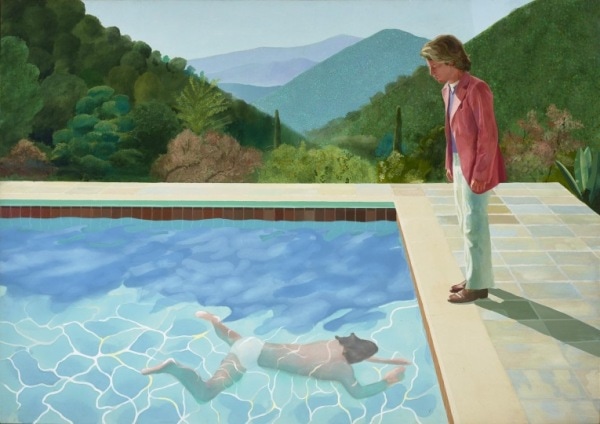
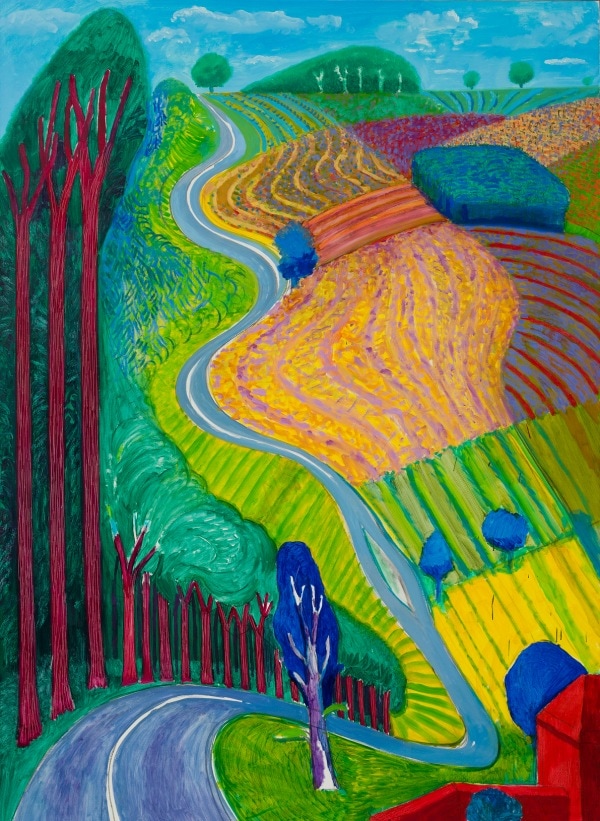
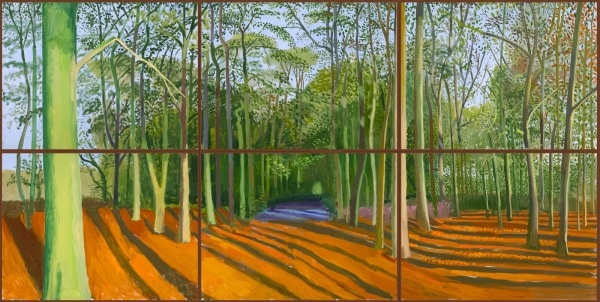
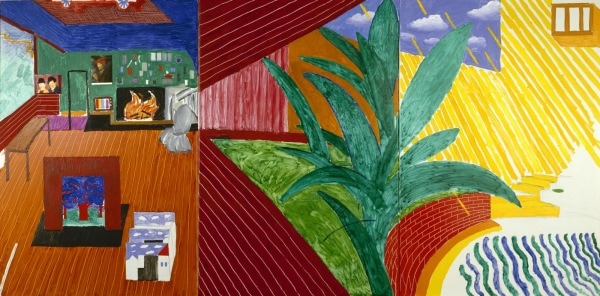


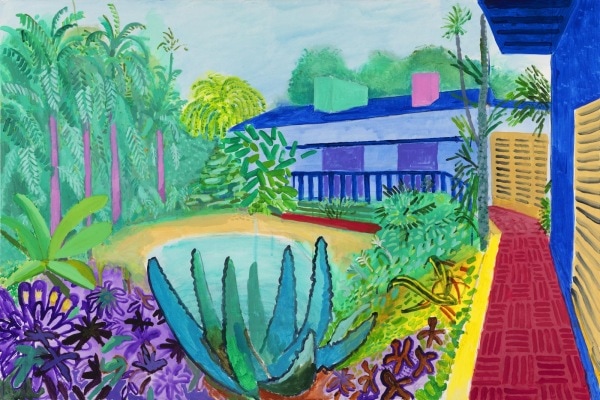
 RSS Feed
RSS Feed